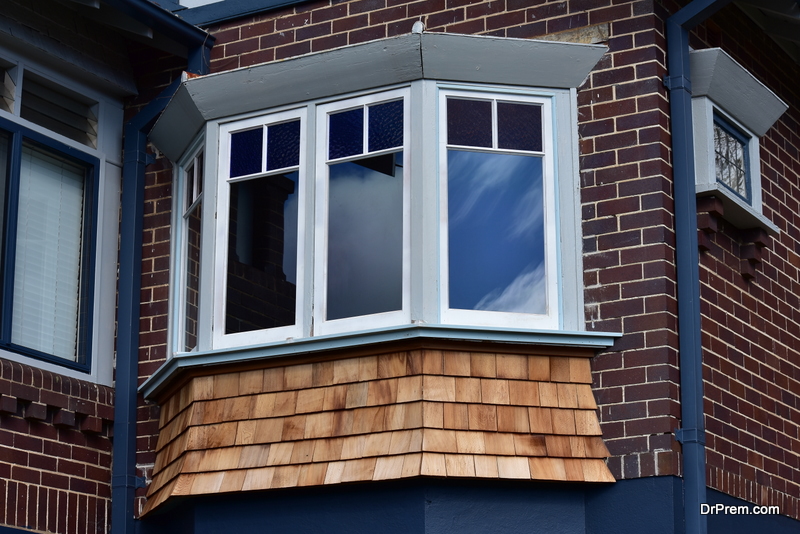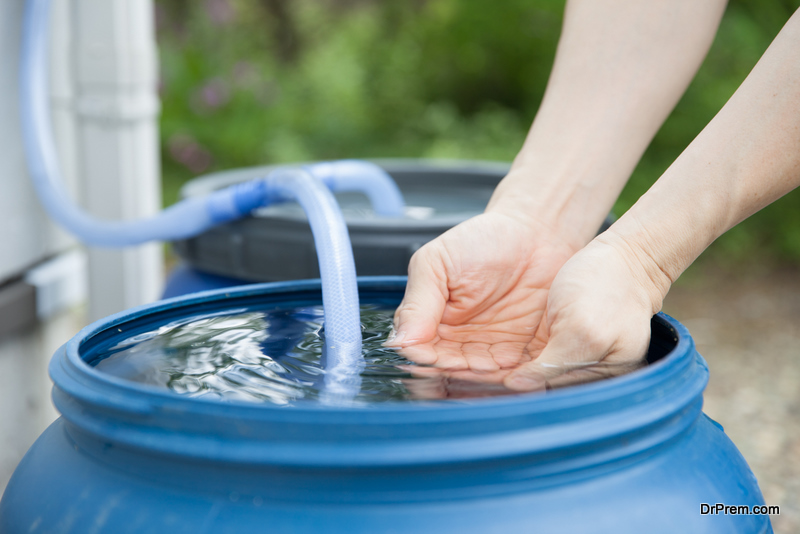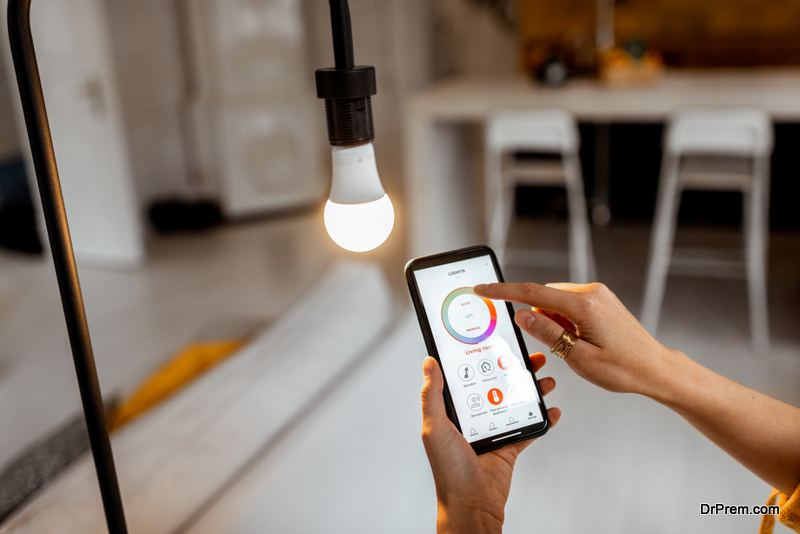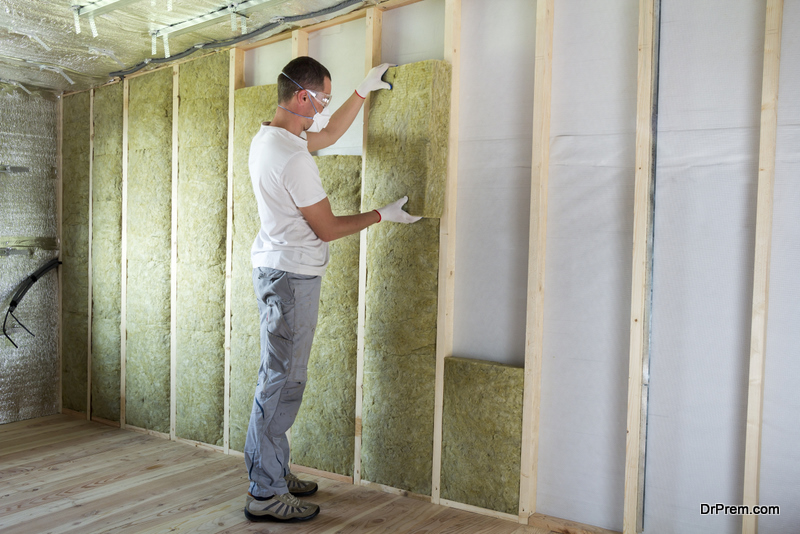Did you know that buildings generate nearly 40% of our annual carbon emissions?
That’s right—building operations, materials, and construction contribute more to our carbon footprint than the entire transportation industry (which accounts for 29%).
So to help fight the climate crisis, there’s no better place to start than with your own house. It’s likely the only building you own and it’s also where you spend most of your time.
Of course, what you do to your house won’t move the needle on climate change, but many small changes by many people over time can make a big difference.
So here are 9 ways to make your house more eco-friendly:
1. Get an eco-friendly house to begin with

If you’re choosing a home, this is the time to make some important environmentally friendly decisions:
- Choose a home only as big as you absolutely need. The smaller it is, the smaller your eco-footprint.
- Look for a house built with recycled, renewable, or locally-sourced building materials.
- Aim for a house that’s optimally oriented to take advantage of sunlight and wind direction.
Obviously, it’s easier to check off these boxes if you build your own house. But if that’s not an option, find a licensed real estate agent who knows the area. They’ll know where to look and can send leads your way when they hear about eco-friendly homes for sale.
2. Properly insulate your house
Once you have a house, it’s important to insulate it. This will save a ton of energy (and money) when it comes to heating or cooling your home. The Environmental Protection Agency (EPA) estimates that homeowners can save an average of 15% on heating and cooling costs simply by air sealing their house.
To go the extra mile, consider using any of the following eco-friendly materials:
- Cellulose insulation (made from mostly recycled newsprint)
- Denim insulation (made from recycled jeans)
- Therma cork (made from the outer bark of oak trees)
3. Get double-paned windows

Next, opt for double-pane windows. They have two panes of glass separated by a space filled with an insulating gas (usually Argon or Krypton). This design is far more energy efficient than single-pane windows because the gas barrier prevents heat or cold from traveling through the glass.
By getting double-pane windows, you’ll lower the amount of natural gas you use up to heat your house. It’ll cost you a little more upfront ($350 to $400 per double-pane window vs. $50 to $75 per single-pane window), but it’s a great long-term investment that will pay for itself within just a few years.
4. Install solar panels
One popular way to make your home more eco-friendly is to install solar panels. Solar panels convert light from the sun into electricity, so you use less fossil fuels.
But before you go solar, type your address into Google’s Project Sunroof to see:
- How many hours of sunlight your home gets per year
- How many square feet of roof are available for solar panels
- And the estimated net savings for your roof over 20 years
Installing solar panels will cost you somewhere around $10,000 to $30,000 and they’ll last for 25 to 30 years. It may seem like a lot of money now, but over time you’ll save a lot while helping the environment.
5. Adopt water-saving systems

To conserve water, consider investing in some rain barrels. That way, you collect extra water anytime it rains. You can also install low-flow fixtures on all your faucets, showerheads, and toilets to reduce water flow by 30% or more.
Or better yet, set up a greywater system that recycles gently-used water from bathroom sinks, showers, tubs, and washing machines so you can use it to water your plants, lawn, or garden.
6. Start a garden
Speaking of gardens, why not start one? They require less water than lawns, and there are plenty of native species you could plant in your backyard instead of grass.
Plus, gardens can produce natural fruits and vegetables for you to eat. This will save you money on groceries and reduce your carbon emissions since you won’t have to drive to the store as frequently.
7. Use LED bulbs

Finally, consider switching to LED light bulbs. They use 75% less energy than regular incandescent bulbs and they last 25 times as long.
Sure, the average LED bulb is about $5 compared to $1 for an incandescent one, but you’ll go through far fewer of them. So not only does using LED bulbs help the environment but it’ll save you money in the long run.
Final Takeaways
Fighting climate change is not a one-person job. But everyone is responsible for doing their part. So try to implement as many of these tips in your house as possible. The sooner you do, the better.
Article Submitted By Community Writer




